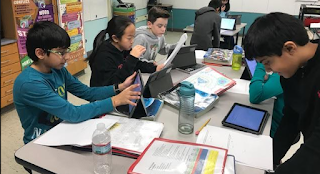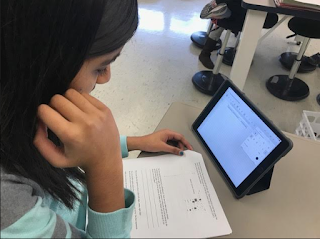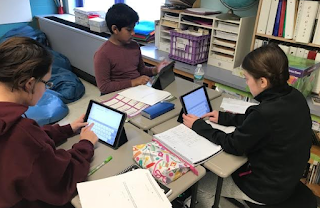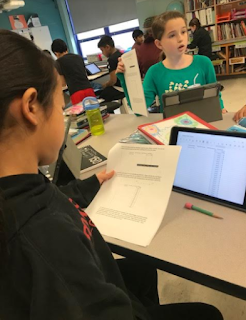Here's the project, now see what we have done so far. Scroll to the bottom to see how far we've come and check back tomorrow to see how they all turned out!
As a class, we have decided to try the Global Cardboard Challenge. All of the students will have
some science time (many students will have extension time also) to create an arcade style game
out of cardboard. This is being planned and made here in school but we need your help finding
materials at home.
The goals and activities are:
Research:
-
Make an informed choice regarding theme (voted in a Google Form) The class voted
on an arcade.
-
Planning and preparing
-
Plan what you will make using only at home readily available materials. Raid the
house for leftover craft materials, cardboard, bottle caps, and more - please do not
buy anything other than fasteners (tape, glue, etc.)
Help your children find supplies at home to use to build with.
Create your plan in school.
Use your plan to build and problem solve
Use your plan to put together
Problem solve as you go
Document corrections
Standards Addressed:
4.3-5-ETS1-3. Plan and carry out tests of one or more design features of a given model or prototype in which
variables are controlled and failure points are considered to identify which features need to be improved.
Apply the results of tests to redesign a model or prototype.
4.3-5-ETS1-5(MA). Evaluate relevant design features that must be considered in building a model or prototype
of a solution to a given design problem.*
5.3-5-ETS3-2(MA). Use sketches or drawings to show how each part of a product or device relates to other
parts in the product or device.*
In the end, they will be able to play the other games built by the other children in the class.
Ready, Get Set...Build, then Play!
Here is a list of possible supplies.
CARDBOARD
Used cardboard boxes (big and medium size)
Cereal boxes
Shoeboxes
RE-USED/RECLAIMED
Yarn
Assorted paper for making fun passes
Brown paper bags
Empty containers of strawberries
Empty cupcake containers (if available)
Empty bottles and bottle caps
Egg cartons
Milk cartons
Paper towel and toilet paper tubes
Old fabric, pillowcases or clothes cut into scraps
Old stuffed animals and toys
OFFICE SUPPLY STORE / 99 CENT / ART STORE
Clear packing tape and mini tape dispenser
S-hooks
Bottles of glue
Glue sticks
Any sort of small hoop or o-ring that would function to create a basketball hoop (coffee cups? to
cut apart?)
Duct tape




























 From there students utilized the data to make informed decisions regarding school cancellations, delays, and early releases. In no way, shape or form is this a real report; however, the students took their roles responsibly. In the end, each group created their own Dr. Conti All Call to inform parents of any type of school change in the event of too much snow...again!
From there students utilized the data to make informed decisions regarding school cancellations, delays, and early releases. In no way, shape or form is this a real report; however, the students took their roles responsibly. In the end, each group created their own Dr. Conti All Call to inform parents of any type of school change in the event of too much snow...again!

 Every year, I teach the students how to make spreadsheets. It is such a great tie in to equations and the order of operations. At first, we review data analysis with mean, median, mode and range, but them we dive right into how to make the spreadsheet.
Every year, I teach the students how to make spreadsheets. It is such a great tie in to equations and the order of operations. At first, we review data analysis with mean, median, mode and range, but them we dive right into how to make the spreadsheet.



